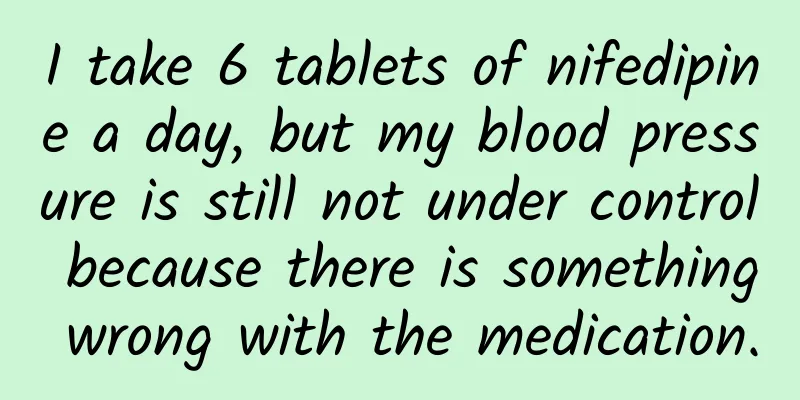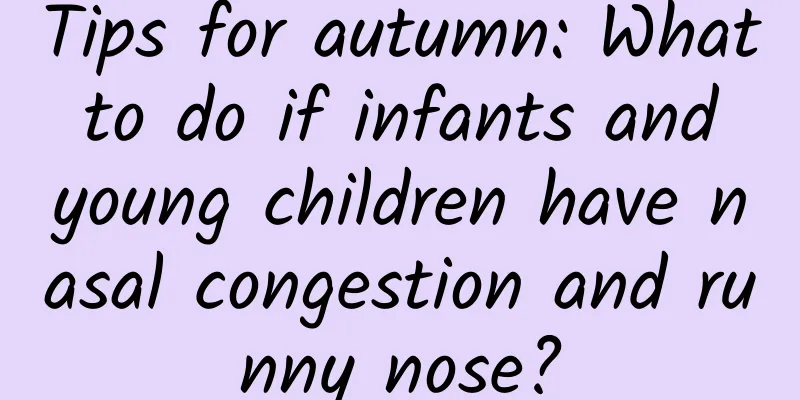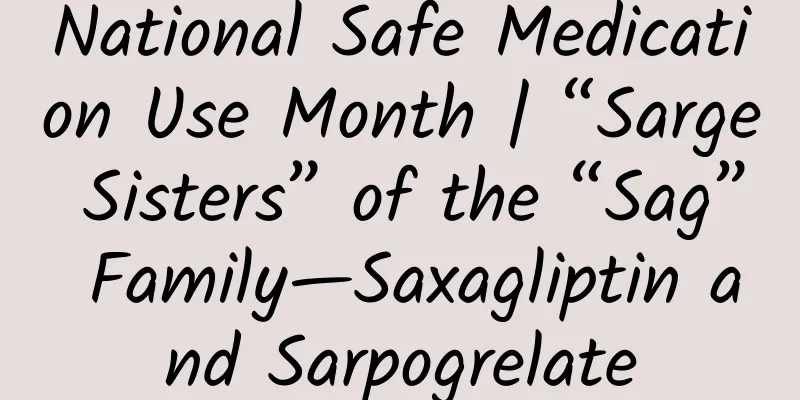I take 6 tablets of nifedipine a day, but my blood pressure is still not under control because there is something wrong with the medication.

|
A fan left a message to Huazi, saying that he took 6 tablets of nifedipine every day, but his blood pressure was still not under control, and asked Huazi what to do? Huazi asked him about the specific method of taking the medicine, and he said he took 3 tablets in the morning and 3 tablets in the evening. Huazi told him that there was something wrong with his medication. This fan was taking nifedipine tablets. Although the total daily dose was sufficient, the medication schedule was unreasonable. And from a pharmacological point of view, it is not recommended that he choose nifedipine tablets to treat hypertension. 1. Nifedipine tablets are not recommended for antihypertensive treatment. Nifedipine is a first-generation dihydropyridine calcium channel blocker (CCB), which can inhibit the entry of calcium ions into vascular smooth muscle cells, reduce the excitability of vascular smooth muscle cells, cause vasodilation, and lower blood pressure. Compared with other "dipines", nifedipine has a stronger antihypertensive effect and a faster blood pressure reduction rate. However, the half-life of nifedipine is very short, only 2 to 3 hours. When used to treat hypertension, it is necessary to take the drug 3 to 4 times a day to control blood pressure throughout the day, and the blood pressure value will fluctuate dramatically with medication. However, the treatment of hypertension requires long-term stable blood pressure reduction, so ordinary nifedipine tablets are not suitable for routine treatment of hypertension and are usually only used to control hypertensive emergencies. 2. Nifedipine controlled-release tablets have the best effect. In order to solve the problem of nifedipine's short half-life, people have developed nifedipine sustained-release tablets and nifedipine controlled-release tablets for routine treatment of hypertension. Compared with the two, after taking nifedipine sustained-release tablets, there is still a significant peak in blood drug concentration, which will cause blood pressure fluctuations. Nifedipine controlled-release tablets will release the drug at a fixed rate within 24 hours, and there is no significant fluctuation in blood pressure, and the antihypertensive effect is the best. When taking nifedipine controlled-release tablets, please note that the drug uses a skeleton tablet and a membrane osmotic pump principle, which is not affected by gastrointestinal pH or food. After the drug is released, the tablet will be excreted intact. Therefore, if you see an intact tablet during bowel movements after taking the drug, do not worry that the drug has not been absorbed. 3. Use in combination with other drugs to improve the antihypertensive effect Although nifedipine has a good antihypertensive effect, it is also ineffective for more severe hypertension. Generally speaking, after blood pressure exceeds 160mmHg, it is difficult to effectively control blood pressure with only one antihypertensive drug. Two or more antihypertensive drugs are needed to control blood pressure. Nifedipine can be used in combination with "pril" or "sartan". The latter two have a blood pressure-lowering mechanism by blocking the action of angiotensin 2 and inhibiting the "renin-angiotensin-aldosterone" system (RAAS). Combination can synergistically lower blood pressure. In addition, "pril" or "sartan" promotes venous return and can alleviate the side effect of lower limb edema caused by nifedipine. Nifedipine can also be used in combination with "Lol". Lol drugs inhibit the middle beta receptors on the heart, reduce heart rate, reduce cardiac output, and also have an inhibitory effect on RAAS. Combined use can produce a synergistic antihypertensive effect. Moreover, Lol drugs can counteract the adverse reactions of tachycardia and palpitations caused by nifedipine. Nifedipine can also be used in combination with thiazide diuretics. Thiazide diuretics inhibit the reabsorption function of the renal tubules, increase the excretion of water and sodium ions, reduce blood volume, and are effective in controlling elderly hypertension with isolated systolic blood pressure (high blood pressure). Combination use can produce a synergistic antihypertensive effect. At the same time, because diuretics can reduce water and sodium retention, they can also alleviate the adverse reaction of lower limb edema caused by nifedipine. To sum up, although nifedipine has a good antihypertensive effect, its ordinary tablets are not suitable for the long-term treatment of hypertension. Overdose can easily cause low blood pressure, and drastic fluctuations in blood pressure may also induce malignant arrhythmias and lead to sudden death. Nifedipine controlled-release tablets are more suitable for the treatment of hypertension, and can be used in combination with other antihypertensive drugs to increase the antihypertensive effect and reduce adverse reactions. The drug must be used under the guidance of a doctor. If you have any questions about the use of the drug, please consult a doctor or pharmacist. I am pharmacist Huazi, welcome to follow me and share more health knowledge. |
>>: Eating the wrong snacks may harm your health! If you are hungry, why not eat these...
Recommend
Radiation seriously exceeds the standard by 14 times! Don't buy this kind of fish
A marine fish called "Hiroshima scorpionfish...
Is it normal to have frequent fetal movements at 31 weeks of pregnancy?
During pregnancy, expectant mothers are worried a...
Precautions for fetal anomaly screening during pregnancy
It is a compulsory course for every mother to do ...
How to treat vaginitis and condyloma acuminatum?
Vaginitis is really very common in life. Because ...
If the nose is red during pregnancy, is it a boy?
Pregnant women are forbidden to check the gender ...
Can I brush my teeth during confinement?
In China, confinement after childbirth is a tradi...
What are the symptoms of a displaced uterus?
The most important organ for a woman to conceive ...
What are the precautions during the confinement period?
Women need to take time off after giving birth na...
Symptoms in the days before delivery
After pregnancy, the most important thing for pre...
Breast development picture of 15-year-old girl
Pubertal girls have long been very concerned abou...
How should I regulate my confinement period?
Confinement is very important for women. After gi...
What medicine should women take for kidney deficiency?
Rhodiola has very high medicinal value, so this i...
Did the foundation fall during the epidemic? How was the fund market during the epidemic?
We all know that fund investment is a common way ...
Why do pregnant women feel numbness in their hands and feet?
Many pregnant women experience numbness in their ...
Is breast cancer serious?
The most troubling problems for women are breast ...









